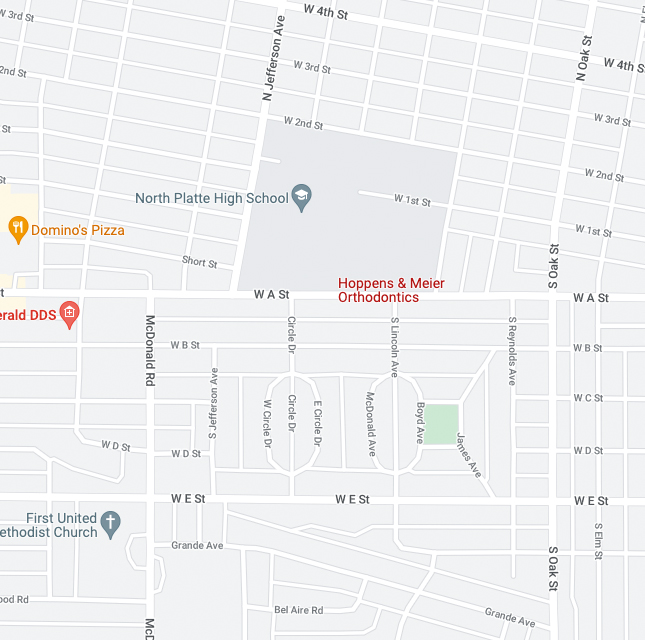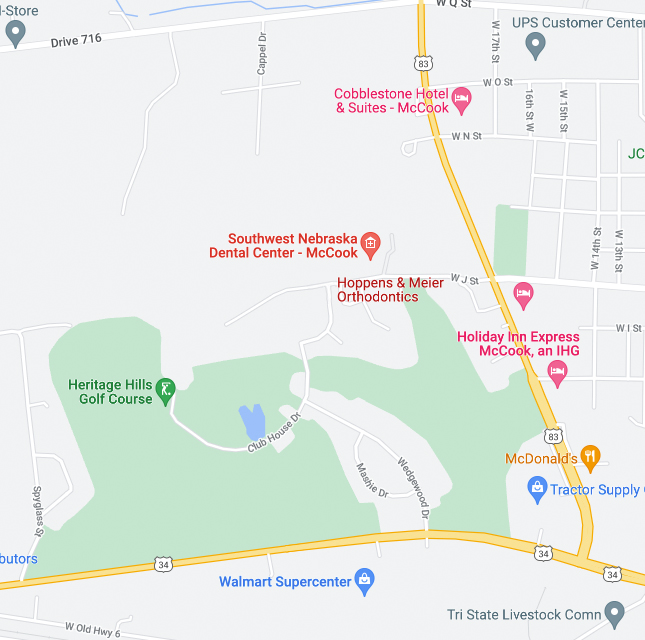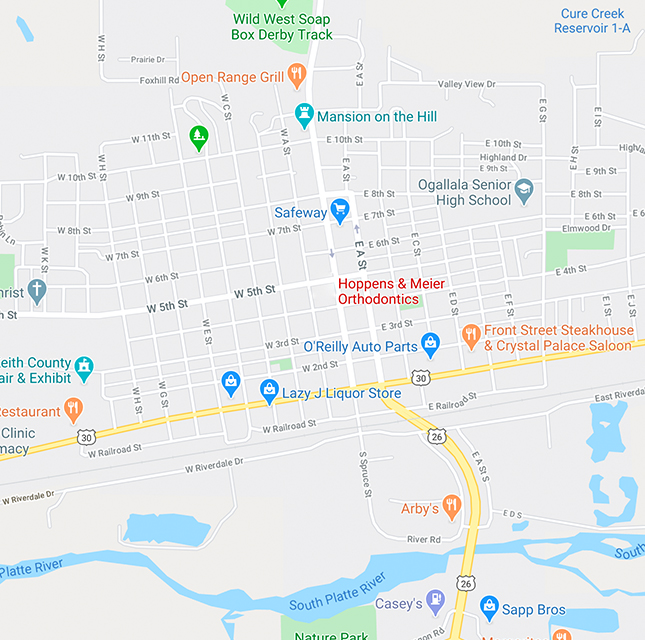What is an Orthodontist?
Orthodontists are dental school graduates.
There are three steps in an orthodontist’s education: college, dental school, and orthodontic school.
Similar to becoming a medical specialist, such as a surgeon or an internist, orthodontists complete an orthodontic residency program for two to three years after dental school. There are more people who apply for orthodontic residencies than there are residencies available. In fact, there are about 15 applications for every opening.
While there’s some instruction regarding orthodontics in dental school, it is minimal. It’s in the orthodontic residency program that orthodontists receive intensive instruction to learn proper, safe tooth movement (orthodontics) and the guidance of dental, jaw and facial development (dentofacial orthopedics). These extra years of schooling make the orthodontist the dental specialist in moving teeth and aligning jaws. This is the only focus of their practice.
You can refer to an orthodontist as:
- An orthodontist
- An orthodontic specialist
- An orthodontic and dentofacial orthopedist
Orthodontists diagnose, prevent, intercept and treat dental and facial irregularities. These problems may include teeth that are crowded or too far apart, teeth that meet abnormally or don’t meet at all, teeth that stick out, and mismatched jaws. Orthodontists treat existing problems, and can identify problems that are developing, and take timely action to resolve problems before they fully develop.
Orthodontists treat patients of all ages, they regularly treat children, adolescents and adults.
Orthodontists create a custom treatment plan for each patient.
Every patient is different. Orthodontists use in-person exams as well as 2D or 3D X-rays, photos and molds of the teeth to create a personalized treatment plan for each and every patient.
Orthodontists use the full range of “appliances” to correct orthodontic problems. The “appliance” is the term used for the device that moves teeth. It can be traditional braces, clear aligners or braces on the inside of the teeth. The orthodontist is uniquely qualified to recommend the most appropriate type of “appliance” to correct an individual’s problem.
The American Association of Orthodontists (AAO) is open exclusively to orthodontists – only orthodontists are admitted for membership. The only doctors who can call themselves orthodontists have graduated from dental school and then successfully completed the additional two-to-three years of education in an accredited orthodontic residency program.
There are board-certified orthodontists
In the United States, some orthodontists opt to become board-certified. The American Board of Orthodontics (ABO) certifies orthodontists who have graduated from fully accredited residency programs. Those who are board-certified by the ABO are known as Diplomates of the American Board of Orthodontics.
In the US, board certification is voluntary. Other jurisdictions, such as Canada, require board certification by the Royal College of Dentists of Canada (RCDC) in order to be considered licensed specialists.
And now you know the facts about orthodontists!
The American Association of Orthodontists (AAO) is open exclusively to orthodontists – only orthodontists are admitted for membership. The only doctors who can call themselves “orthodontists” have graduated from dental school and then successfully completed the additional two-to-three years of education in an accredited orthodontic residency program.
When you choose an AAO orthodontist for orthodontic treatment, you can be assured that you have selected a specialist orthodontist, an expert in orthodontics and dentofacial orthopedics who possesses the skills and experience to give you your best smile.



